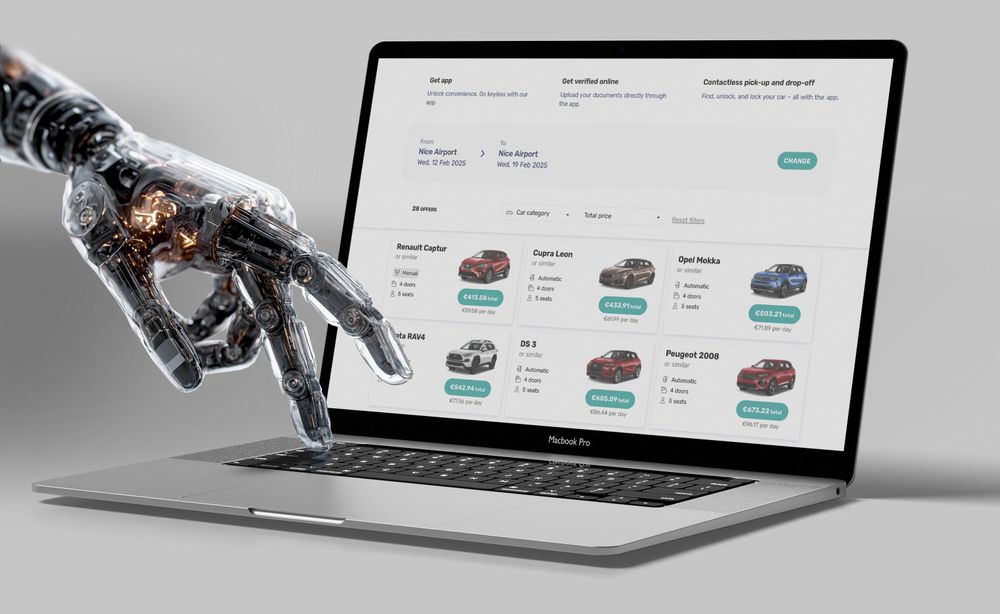Fleet utilisation shows how well a group of vehicles, such as rental cars or delivery vans, is being used. It measures how much time each vehicle spends out on the road doing its job, rather than sitting idle in a car park or depot.
The higher the utilisation rate, the better. For example, if a car rental company owns 100 cars and rents out 90, the fleet utilisation rate is 90 per cent. This means the company is making near-full use of its available vehicles, with more cars earning money and fewer sitting unused.
Companies track this data closely to work out how many vehicles they need, where to place them, and when to buy or retire them. It helps keep operations efficient, meet customer demand, and reduce running costs.
To put it simply, it is like a restaurant wanting as many tables filled as possible. Empty tables mean missed income, just as idle cars mean lost revenue in the car rental business.
In the fast-moving mobility sector, high fleet utilisation helps businesses stay competitive, run efficiently, and adapt quickly. It lets them get the most out of their investment and respond to changing market needs.
Synonym(s):
- fleet utilization



